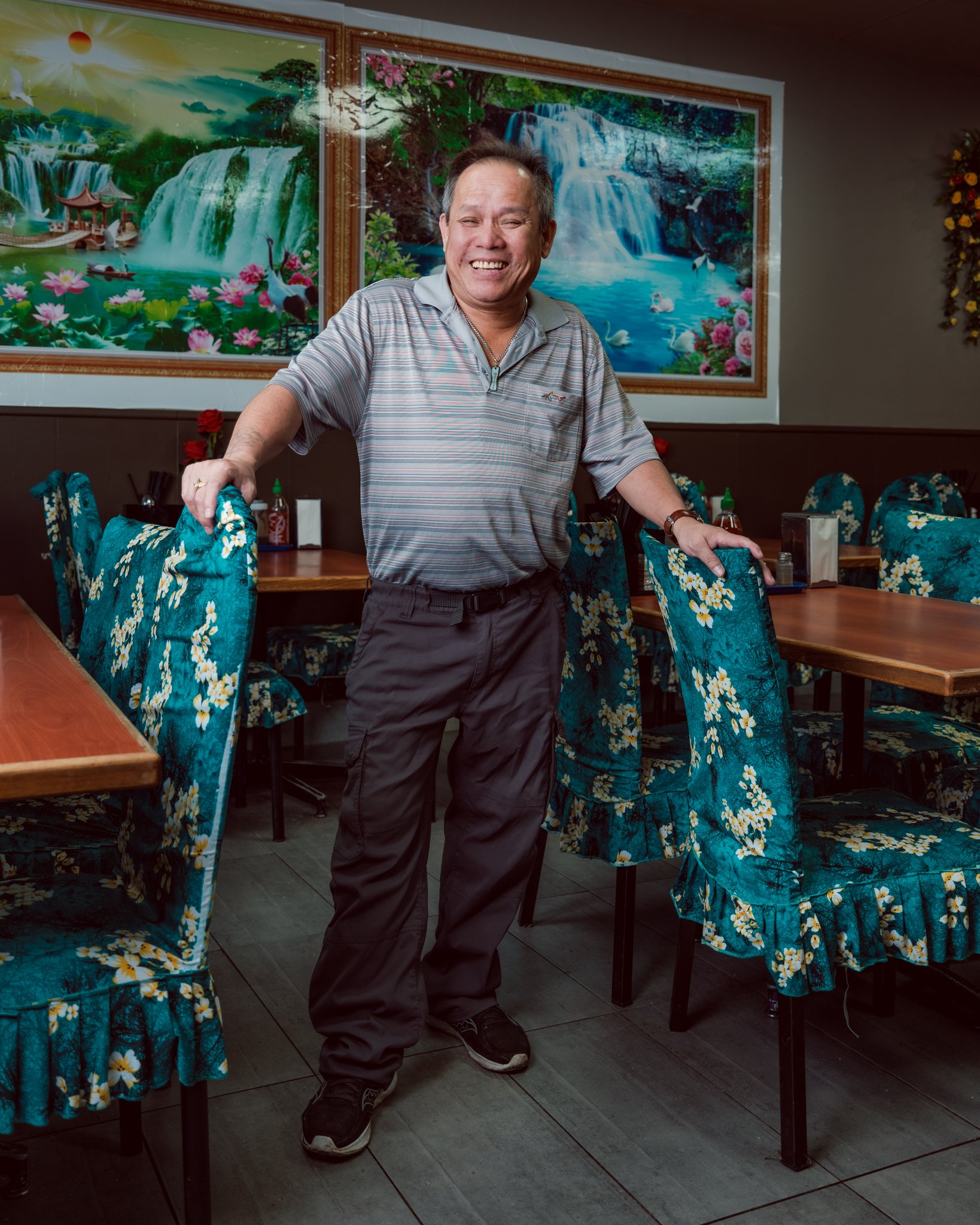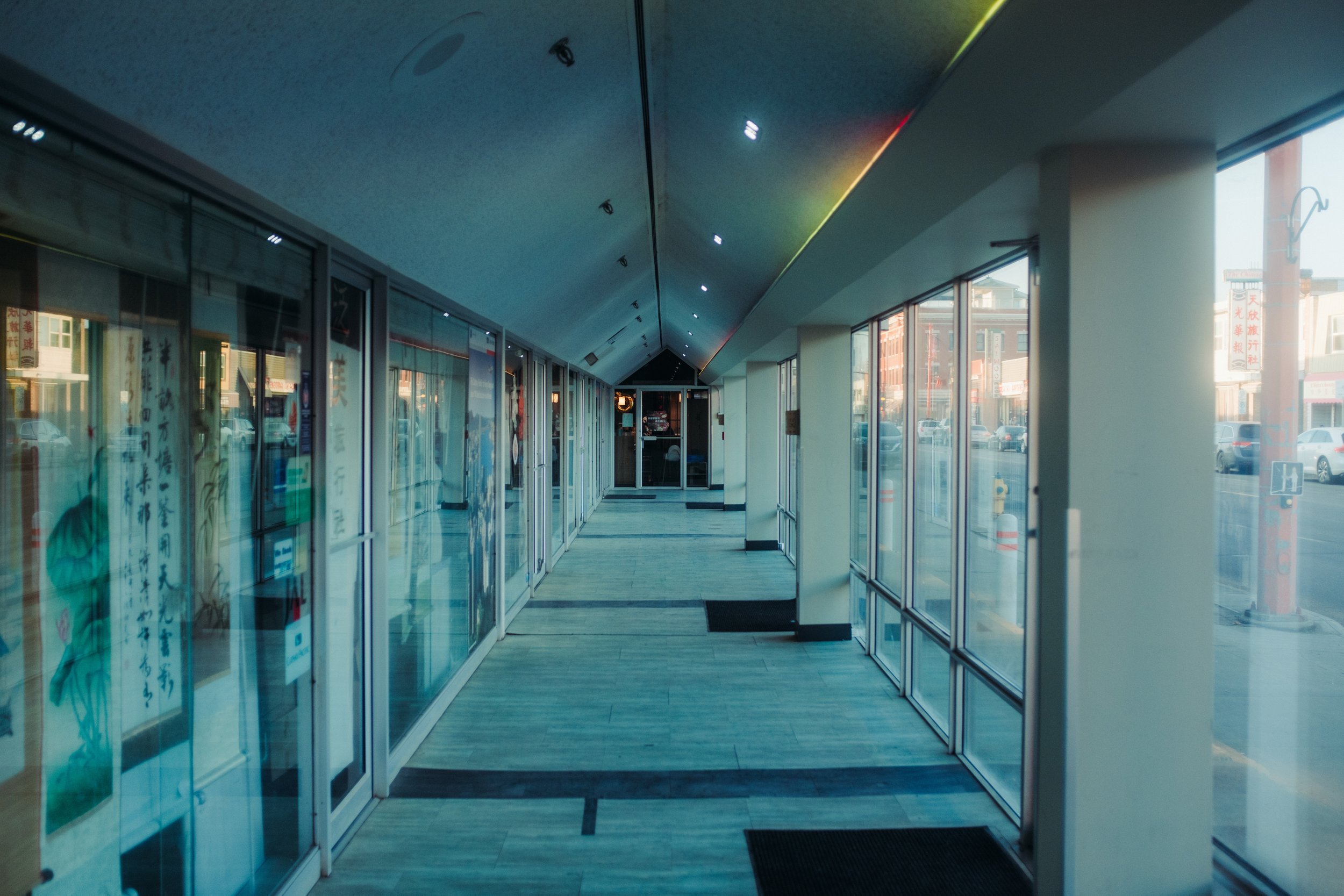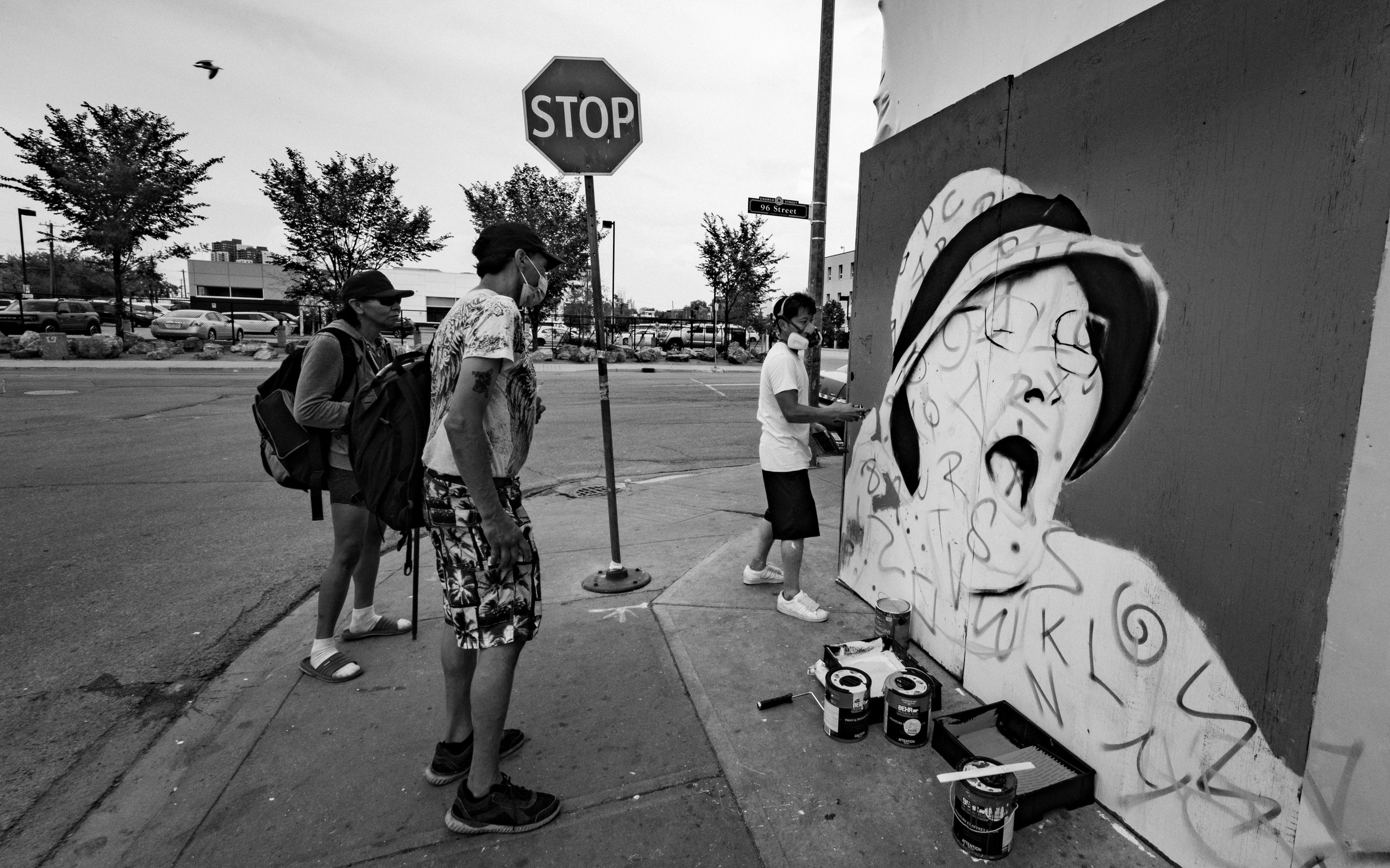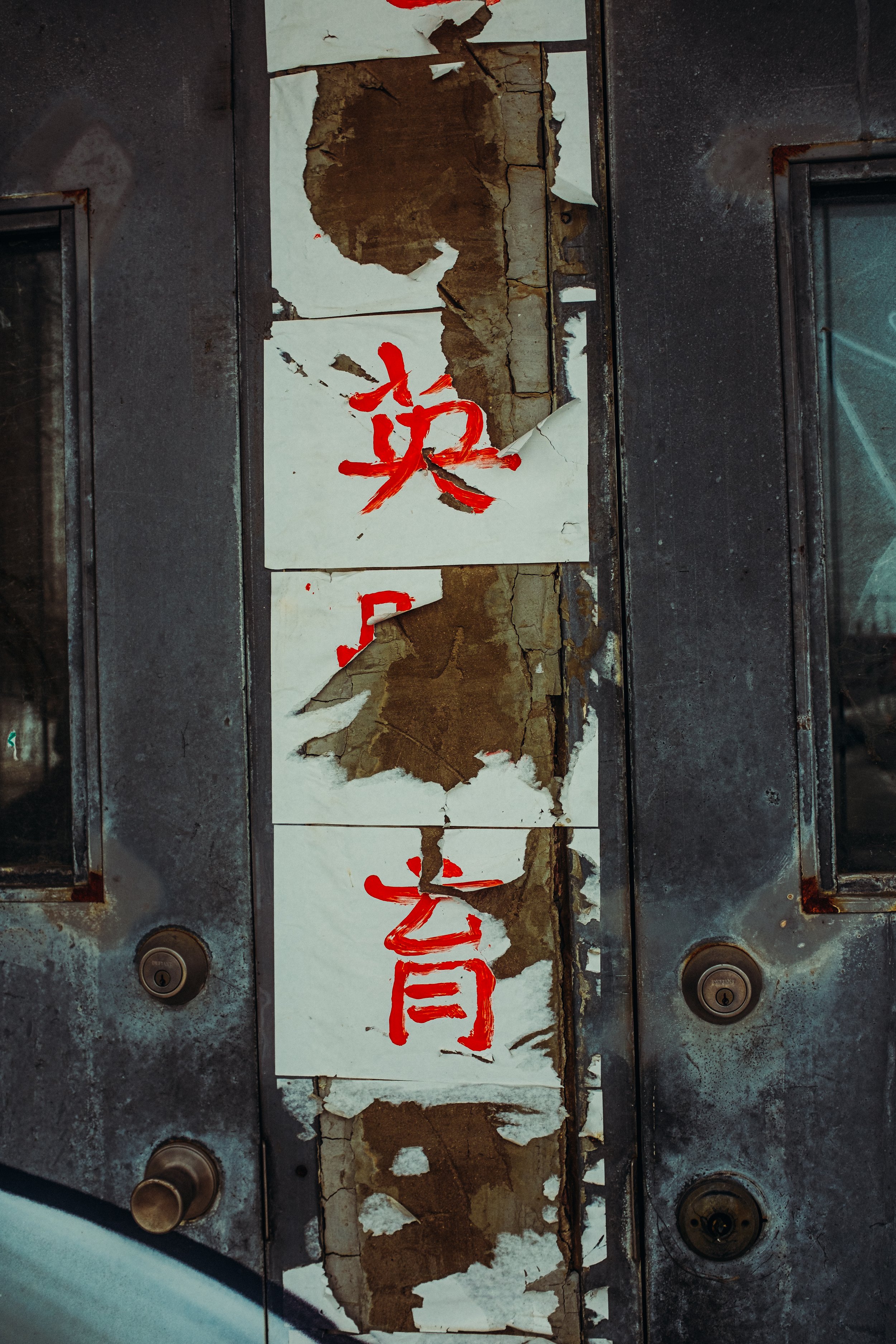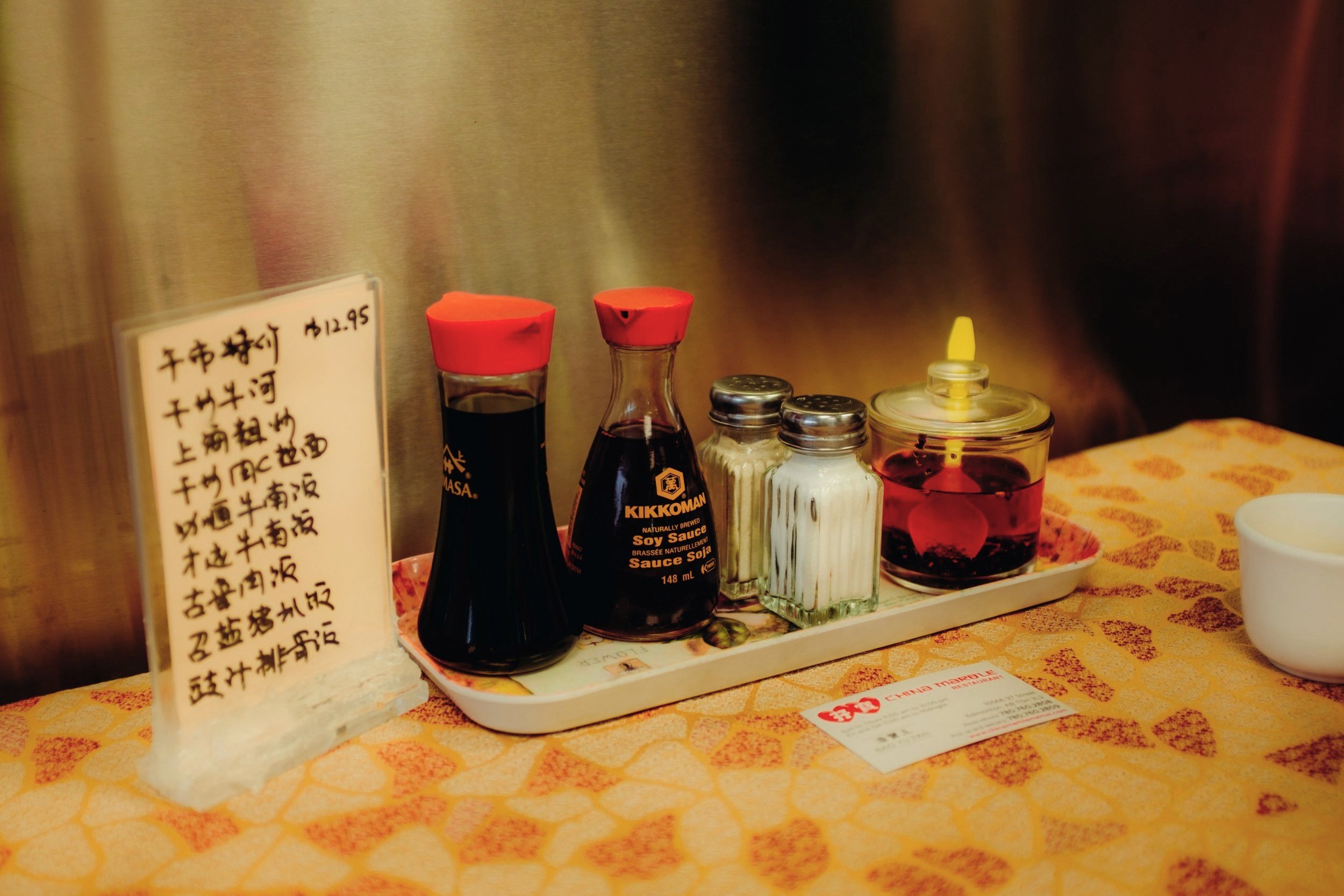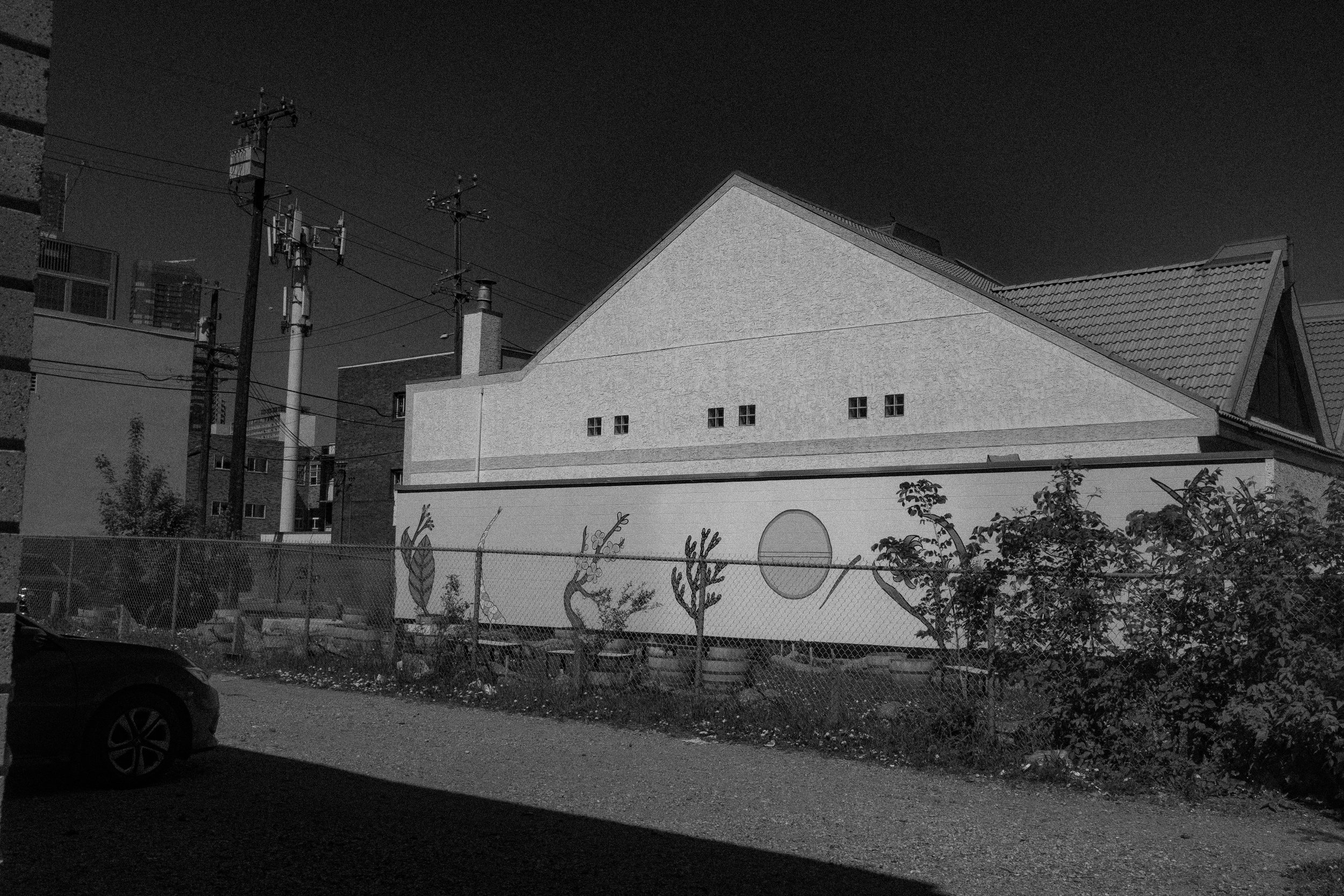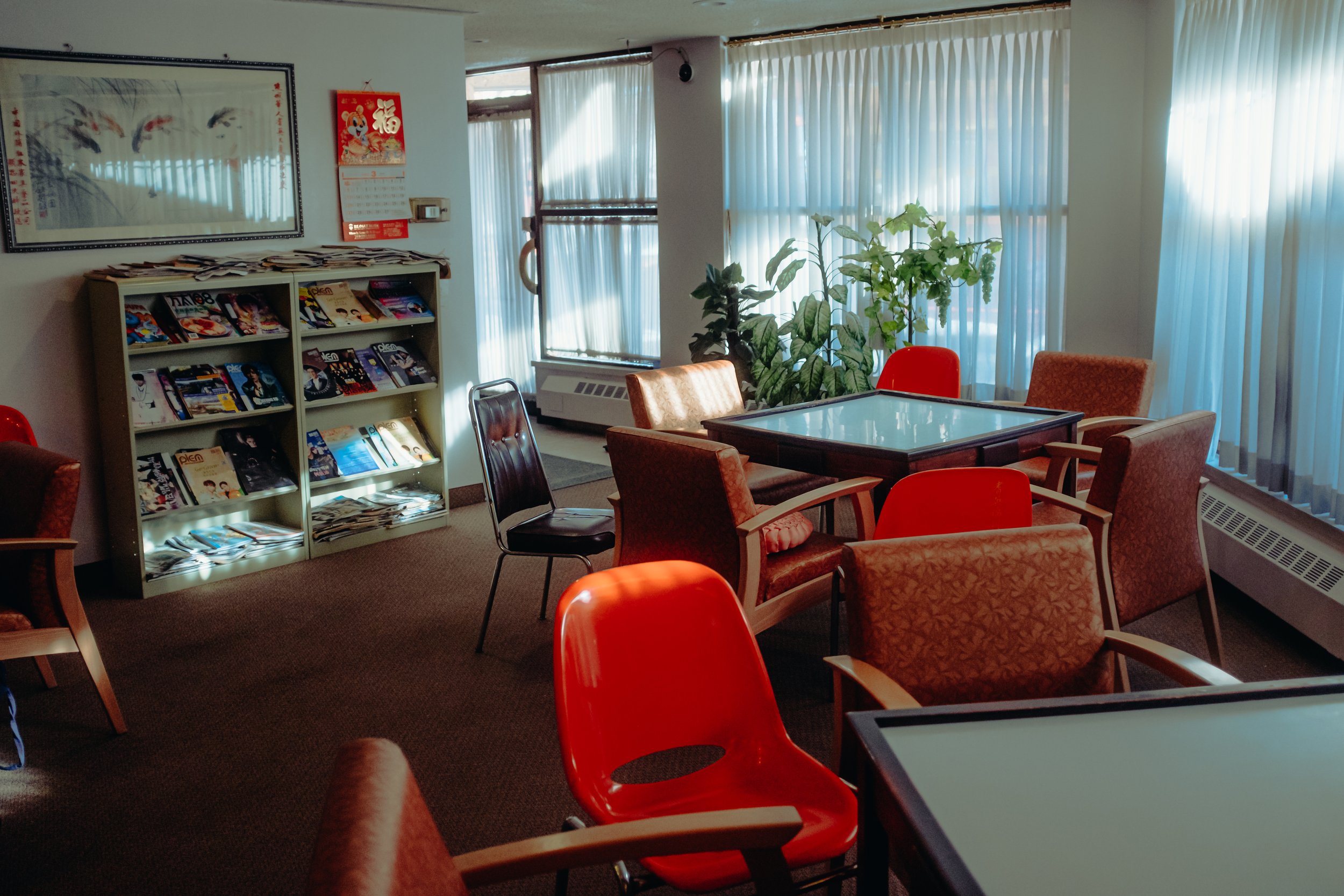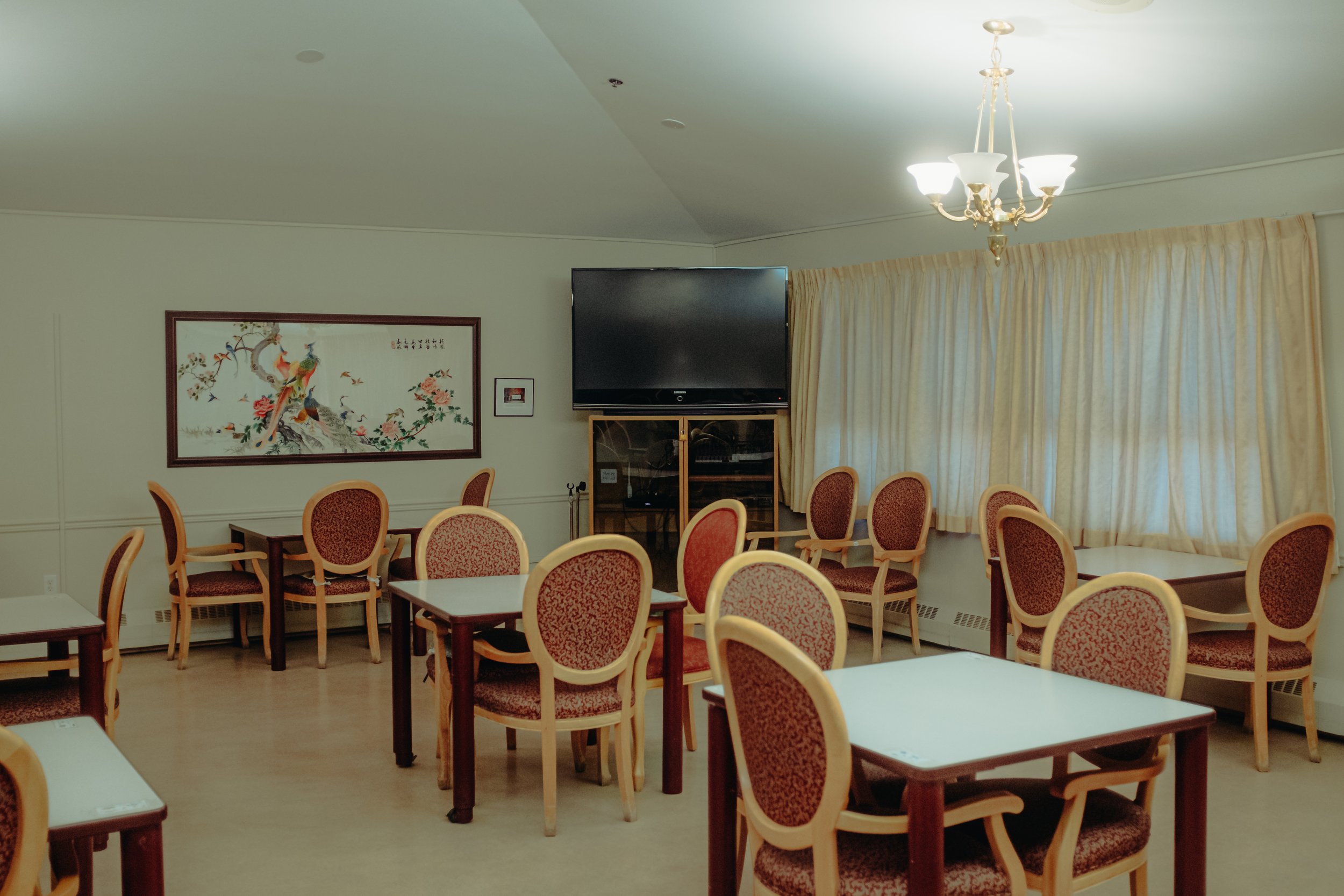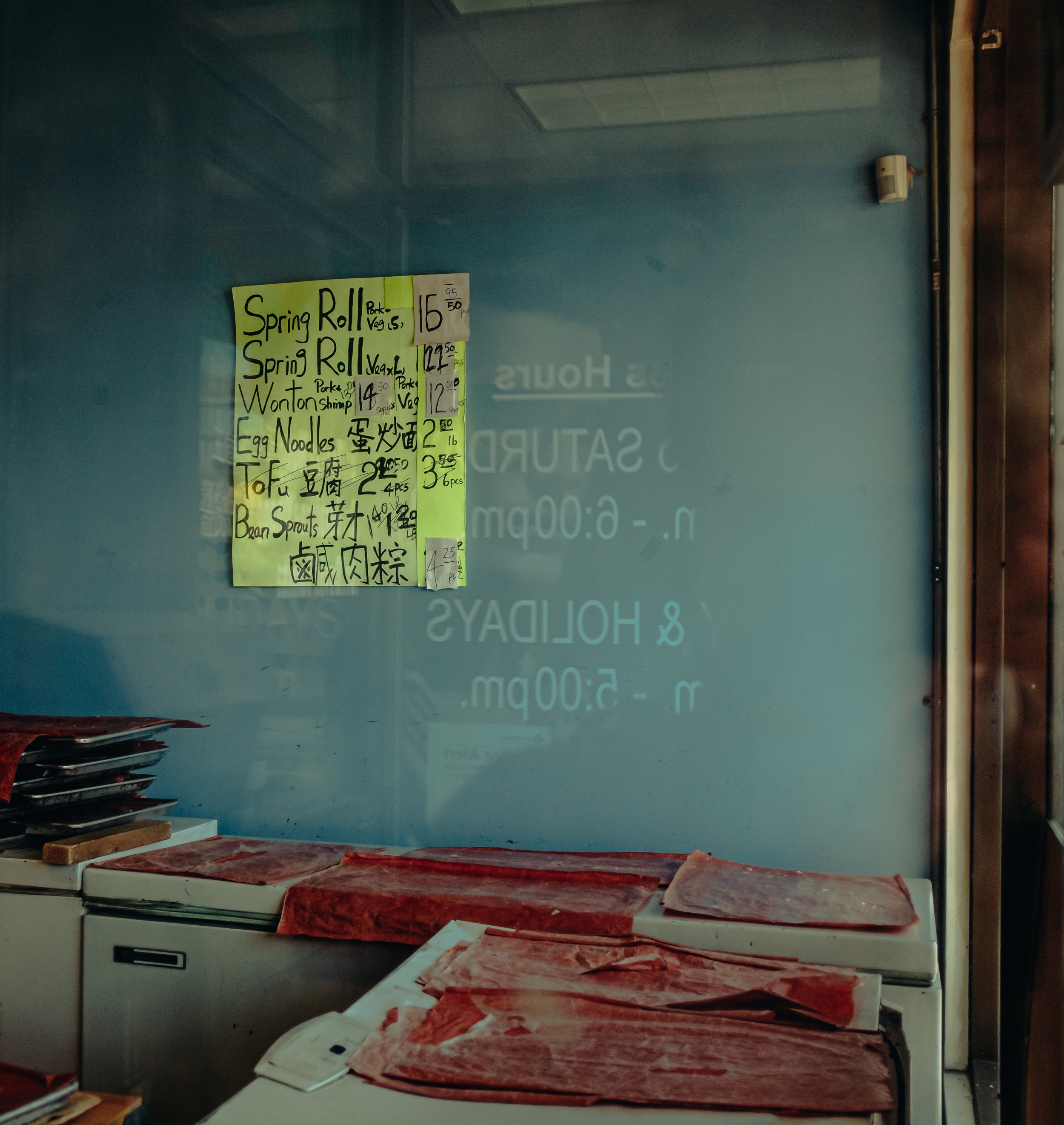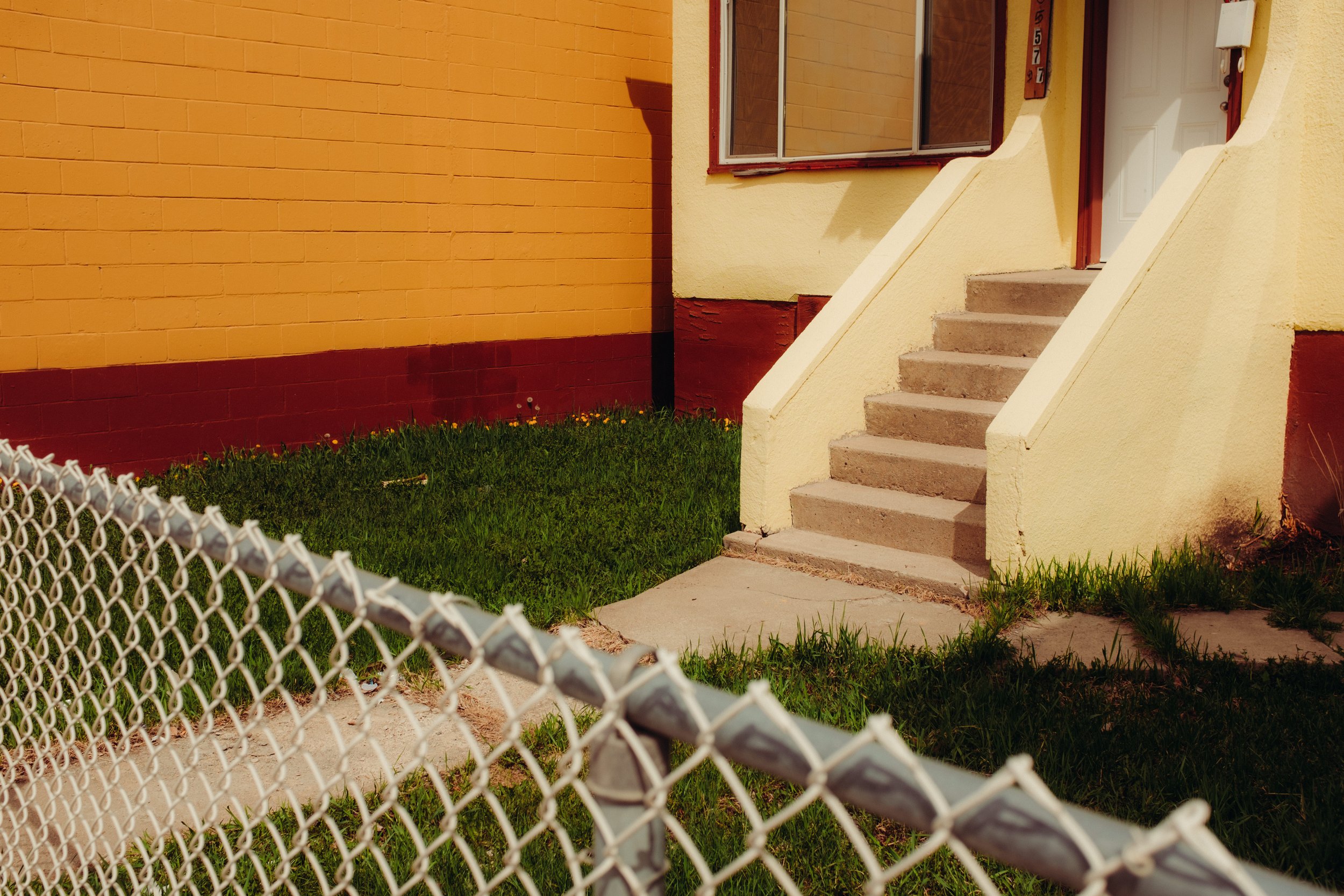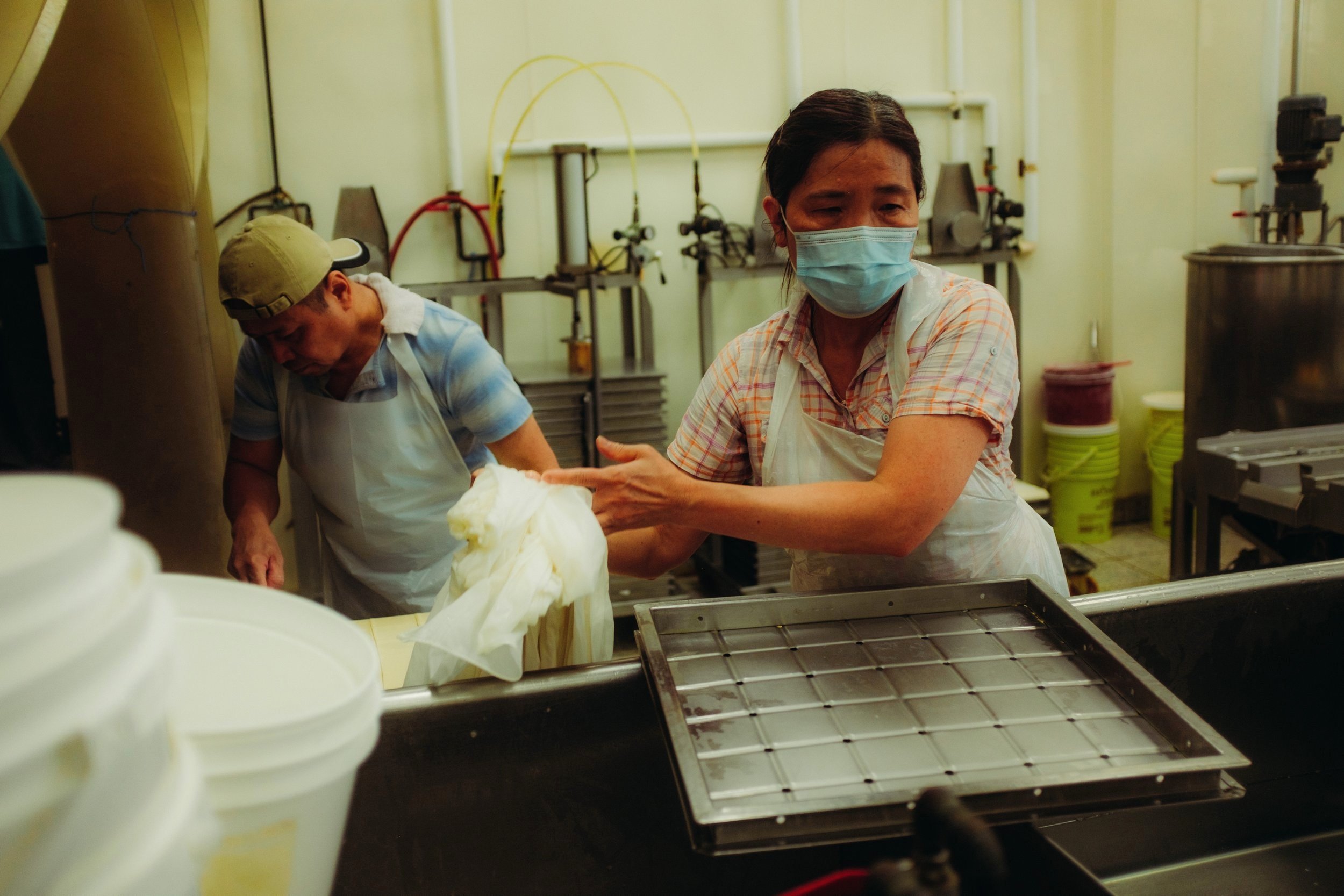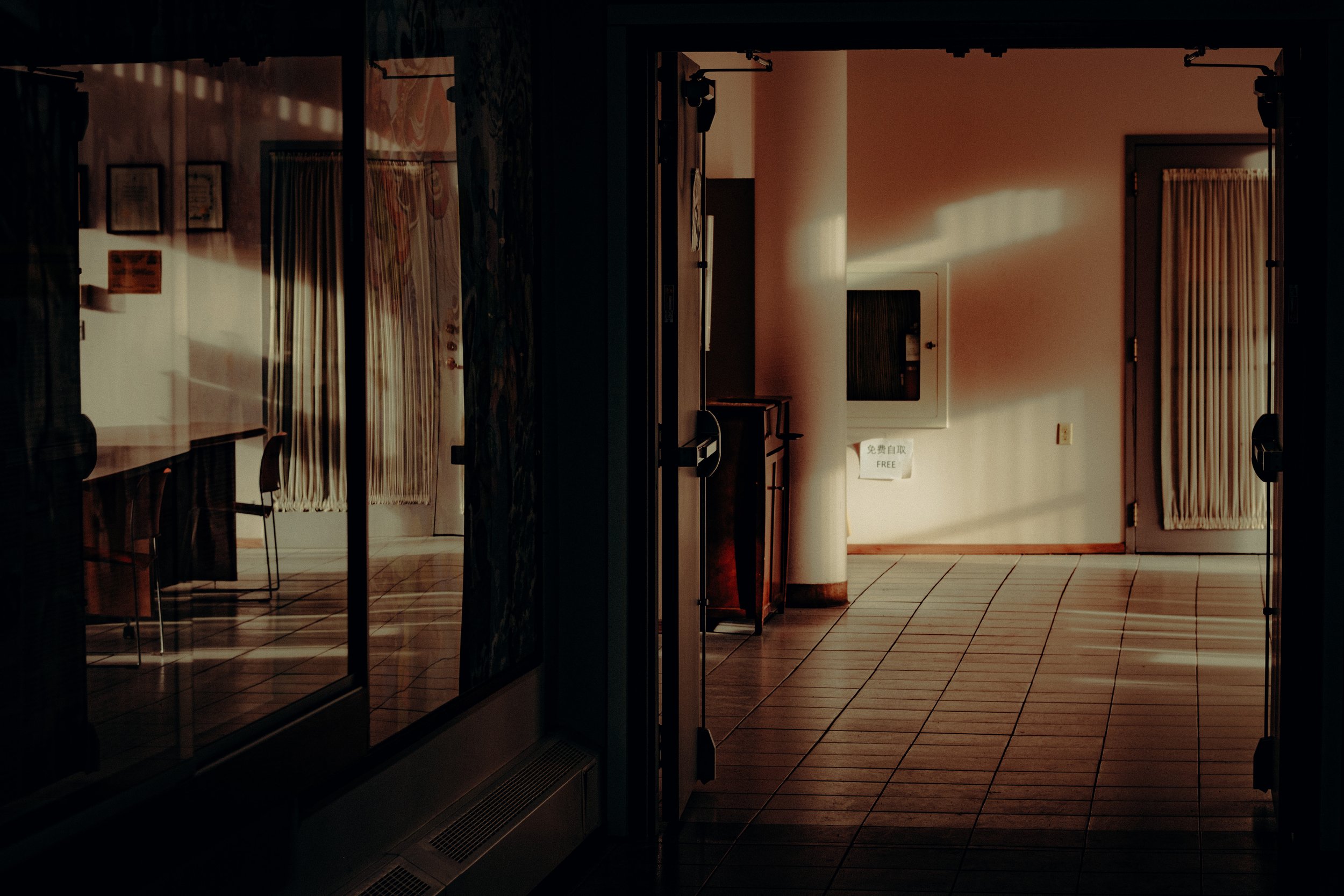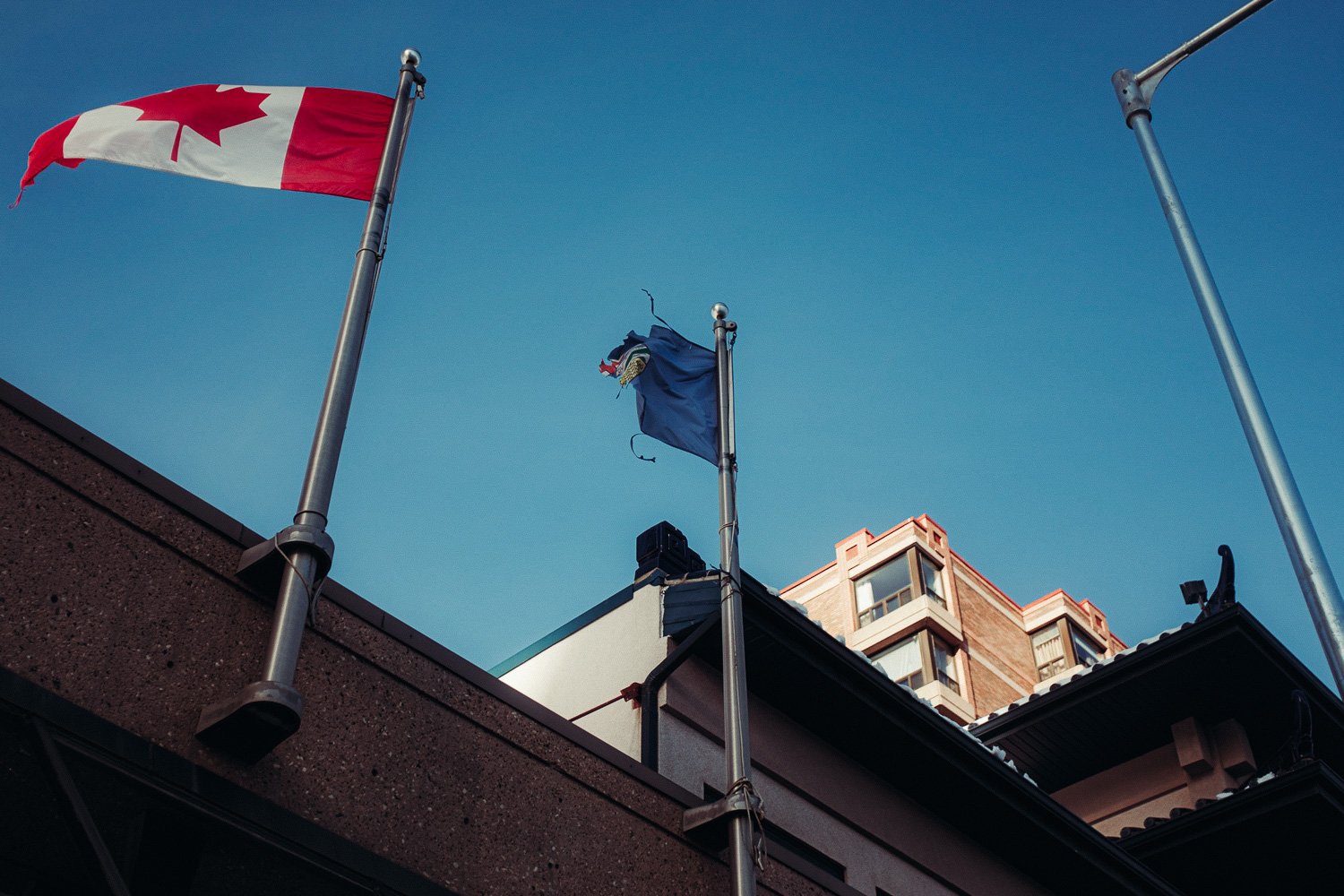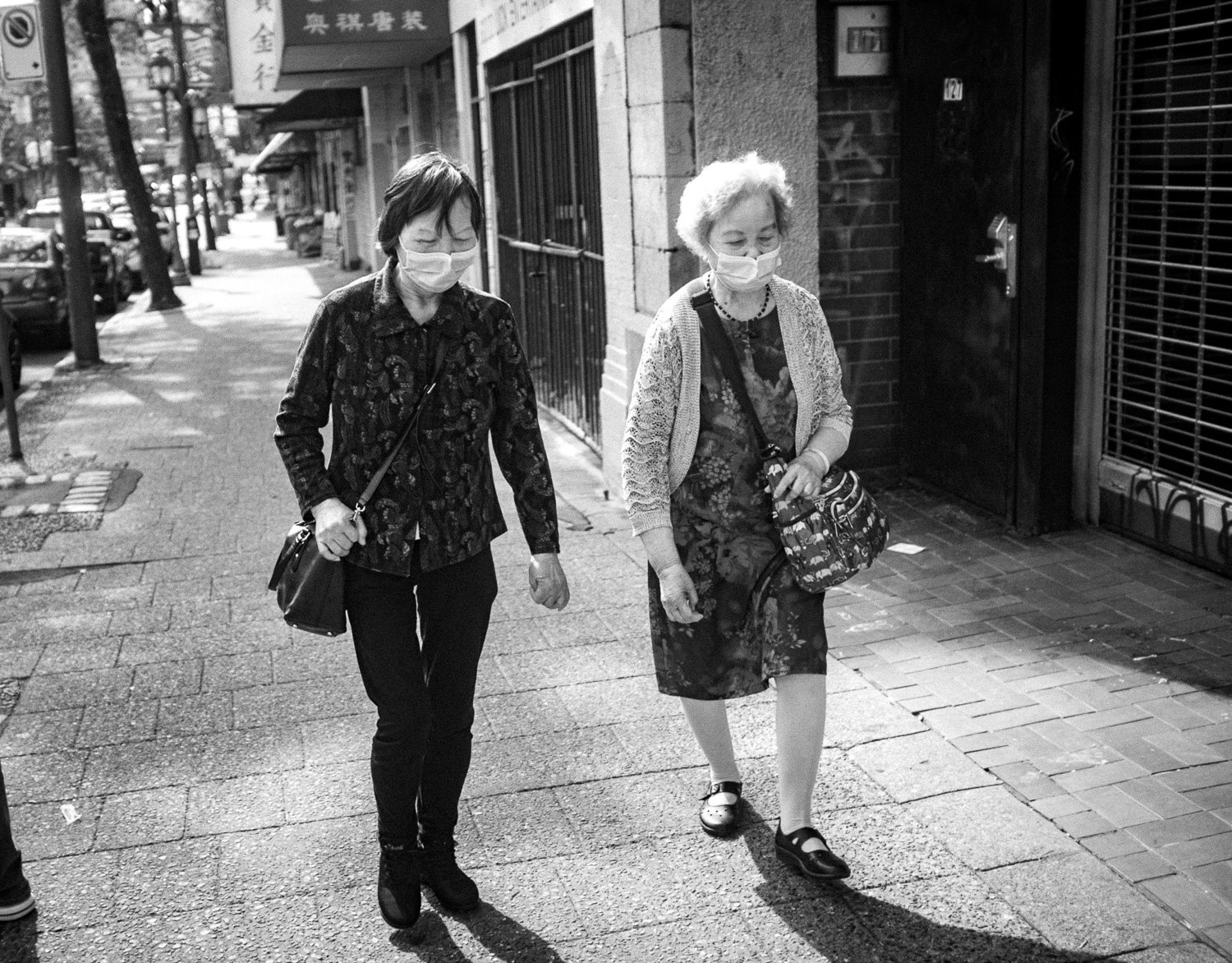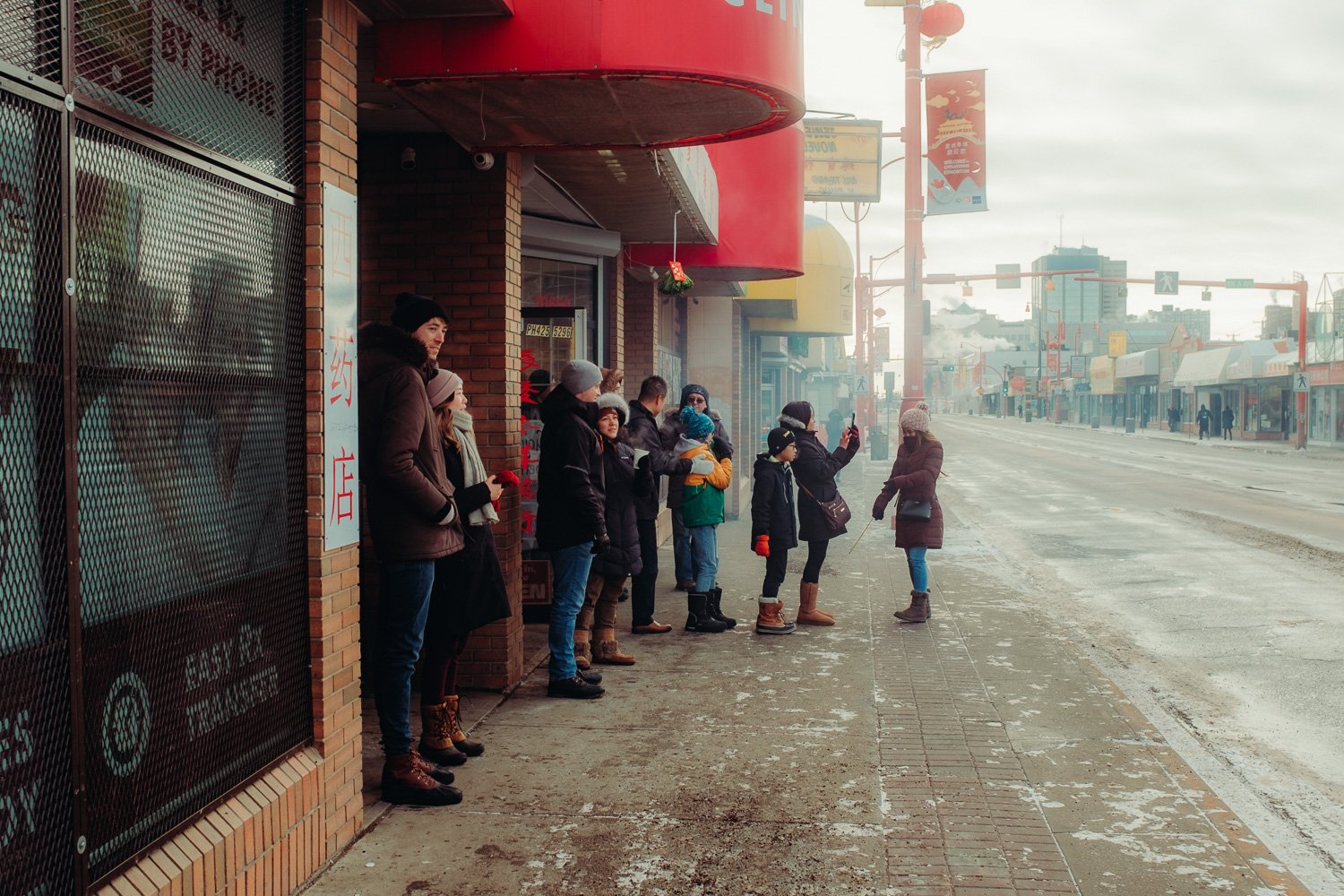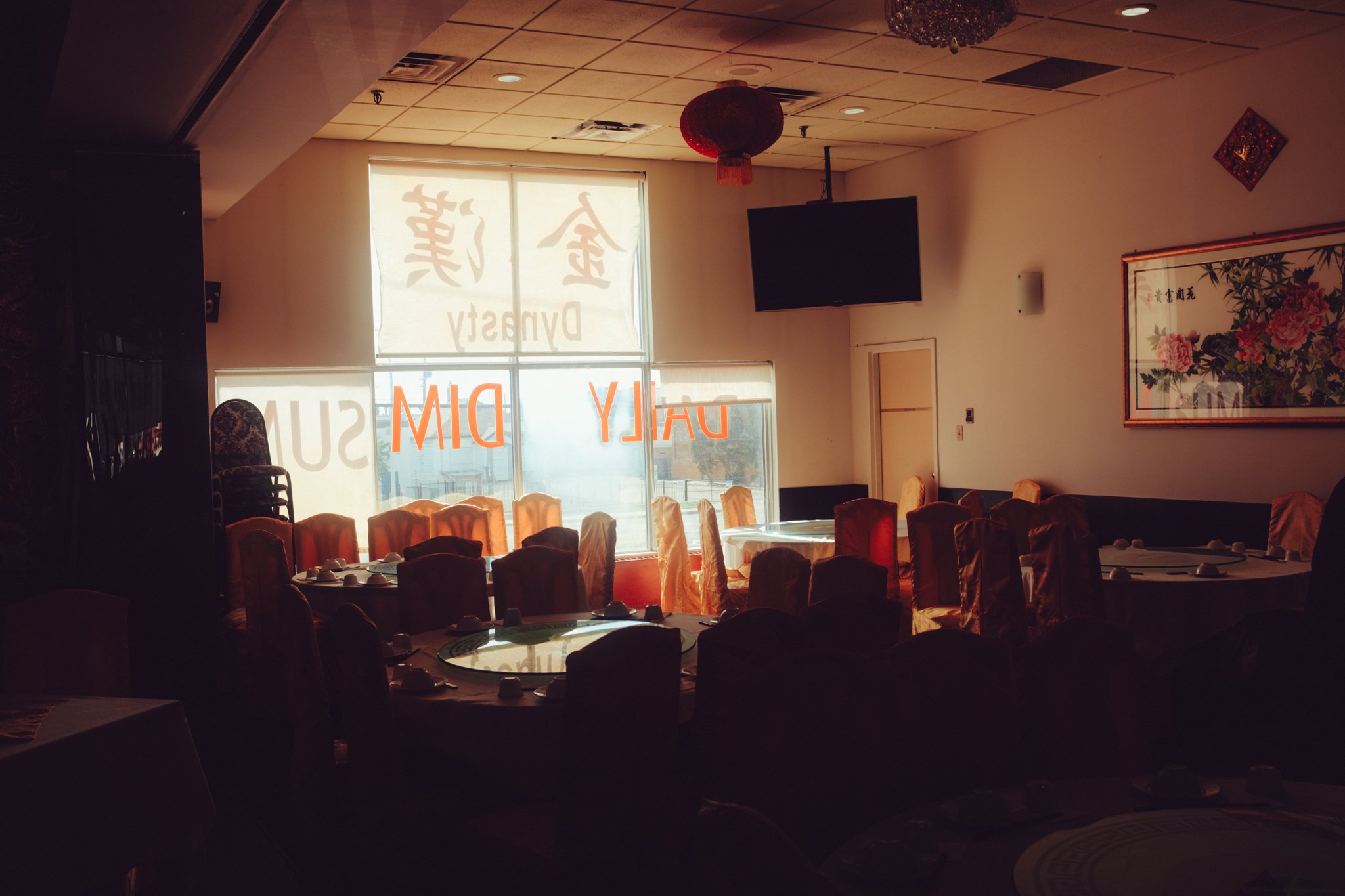Ongoing documentation of Chinatowns
(2021-present)
Excerpt from an interview with CKUA Radio
What does Chinatown mean to you as a cultural space in Edmonton and in other cities?
Chinatowns have grown to mean so much to me over the past few years. In their very existence, they tell such a rich and real history of the Chinese-Canadian experience but also how this country formed and how its values and fabric have evolved. When you pay attention to spaces as old as Chinatowns, you can start to literally map out how cities and policies have affected their citizens. In the case of Chinatowns, it hasn’t been the most inclusive or balanced, despite how much the communities have contributed to the growth of their respective cities. Chinatowns are essentially a sample size to see how governments and societies view communities of colour, in my eyes. Personally, they are spaces that I love and feel a deep sense of connection to, but politically and planning-wise, they can be quite difficult to navigate at times.
What surprised you, or what did you learn, when you created your docuseries, A Portrait of Chinatown?
I think what surprised me most was how small and fragile the network of Chinatown here in amiskwaciwâskahikan / Edmonton is. I set out to interview a variety of community members and realized that a lot of the heritage and social work in Chinatown rests on the shoulders of only a small handful of people and organizations. This motivated me to complete my series, to share my journey of learning about our local Chinatown, and it continues to fuel me in encouraging involvement with the community. Chinatown and the future of the space is only as powerful as the strength of the people. I’ve seen that we can’t necessarily rely on other levels of power to nourish the soul of our Chinatown.




